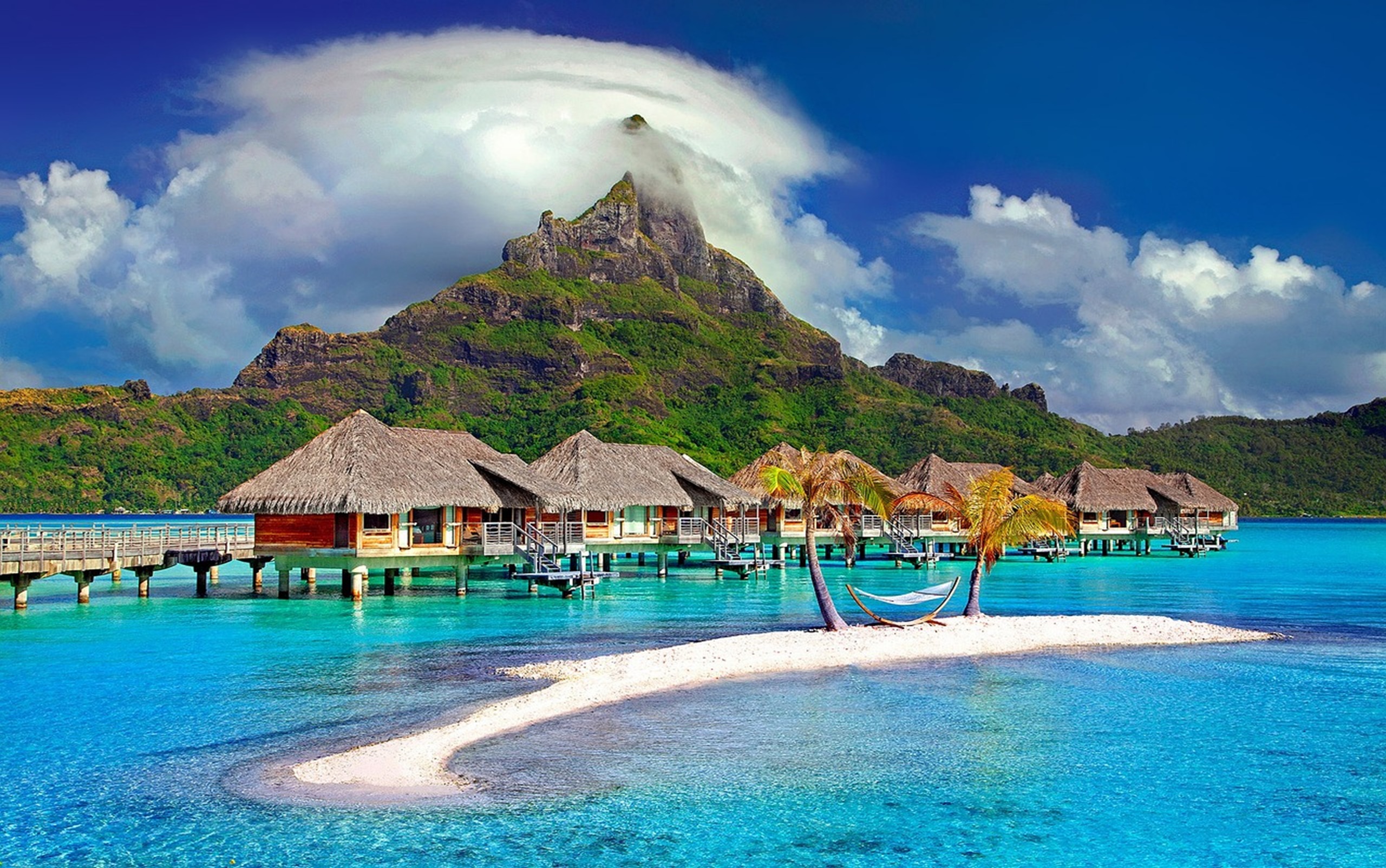The allure of the Pacific Islands, with their pristine beaches, turquoise waters, and vibrant cultures, has long attracted tourists from around the world. But Pacific Islands tourism now teeters on the brink as climate change upsets these fragile ecosystems.
Rising temperatures, severe storms, ocean acidification all question the very heart of these paradisiacal settings, therefore throwing doubt on Pacific Islands tourism going forward.
The Pacific Islands: At Risk Travel Destination
The Pacific Islands draw millions of tourists each, well-known for their natural beauty and cultural past. From the ideal beaches in Fiji to the rich jungles of Papua New Guinea, these places have grown their businesses largely based on tourism. Many island nations rely mostly on tourism for jobs and local businesses development as well as for cash to support government services and infrastructure.
But the consequences of climate change are seriously stressing this vital industry. The Pacific Islands especially are quite vulnerable because to their low-lying morphology and dependence on environmental resources. Sea level rise, severe storms, and changes in marine ecosystems are major dangers to the local companies reliant on tourism as well as the natural surroundings.
Rising Sea Levels: The Invasion Hazard
Among the most pressing concerns Pacific Islands tourism faces are rising sea levels. As world temperature rise, melting glaciers and polar ice caps are causing rising sea levels. For many of the Pacific Islands, which are sometimes barely a few meters above sea level, this poses an existential threat. Rising frequency of coastal erosion, increased flooding, and salinization of freshwater supplies challenges the same features that bring tourists.
Beachfront resorts notably run a huge danger, nevertheless a pillar of Pacific Island vacation. As beaches decline and shorelines retreat, these features suffer considerably and maintenance and adaption costs are increased. Moreover, the loss of recreational areas and natural beauty can deter visitors, therefore influencing the nearby companies.
Extreme Weather Events: Growing Frequency and Intensity
Moreover, consequences of climate change lead to increasing frequency and intensity of extreme weather events. Although the Pacific Islands are not new for typhoons and cyclones, the changing climate is worsening these events and raising their unpredictable nature and destruction. The outcomes are severe for islands reliant on tourism. Extreme weather can seriously affect property, disrupt travel plans, and even result in temporary or permanent closure of tourist destinations.
Apart from the immediate results, long-term implications for the infrastructure sustaining tourism exist. Repairing and fortifying buildings to withstand ever stronger storms can be costly for many tiny island countries. This financial weight could cause money to be taken from other important sectors, including environmental protection and community development.
Aquatic Life Endangering Oceanic Acidification:
Ocean acidification is yet another major issue affecting Pacific Islands tourism. Rising carbon dioxide (CO2) concentration in the atmosphere is causing higher CO2 levels in the ocean, which by itself is lowering the pH of saltwater. Particularly coral reefs, which are essential for the survival of marine ecosystems and a primary attraction for tourists, this process—known as ocean acidification—is detrimental to marine life.
Sometimes referred to as the “rainforests of the sea,” coral reefs are incredibly diverse. They give countless aquatic life home and help nearby fisheries. But acidification compromises coral skeletons, leading to coral bleaching and structural degradation of reefs. The decline of vibrant coral reefs influences not only the visual appeal of diving and snorkeling sites but also the bigger marine ecology sustaining other types of tourism.
The Cascading Consequences of Economics
For tourism in Pacific Islands, the effects of climate change have general financial consequences. Usually centered on tourism, local economies depend on each other, hence a decline in one sector could have a domino effect on others. Local businesses serving guests—including stores, restaurants, and transportation companies—also suffer when visitor counts drop. For islanders, this economic crisis may cause job losses and reduced income.
Furthermore, the cost of mitigating measures and climate adaptation could put pressure on the budgets of small island nations. Investing in coastal defenses, sustainable infrastructure, and disaster readiness asks for large sums of money—which might not be readily available. Some islands might thus struggle to strike a balance between the pressing needs of their residents and the long-term viability of their tourism industry.
Changing with the Climate: Ahead
Notwithstanding these challenges, Pacific Islands tourism has great potential possibilities. Many island nations are beginning to act forcefully to encourage ecologically friendly travel regulations and offset consequences of climate change. Initiatives such regional cooperation, ecologically conscious travel, and climate-resilient infrastructure investment help to some extent offset some of the negative effects.
Certain islands, for instance, are striving to create sustainable coastline management plans, protect coral reefs, and boost tourism that would help the surrounding residents as well as environmental preservation. Moreover, by raising awareness of climate change and encouraging tourists to travel ethically, one can help these places to become resilient.
In Essence,
Since climate change substantially alters the same qualities that attract tourists to Pacific Islands, the future of tourism there is definitely unknown. Rising sea levels, strong storms, and ocean acidification are all jeopardizing the financial viability and ecological beauty of these islands. Still, one may safeguard the travel industry and the environment for next generations by using adaptive strategies and sustainable practices.
As travelers, policymakers, and stakeholders work together to address these challenges, the hope is that the Pacific Islands can continue to be a source of wonder and inspiration, while navigating the complex realities of a changing climate.
(Image by Julius Silver from Pixabay)
Also read:
China Chooses Latin America: The Strategic Expansion of Financial Influence







1 thought on “Climate Change Casts a Shadow Over Pacific Islands Tourism: The Growing Uncertainty”
Comments are closed.